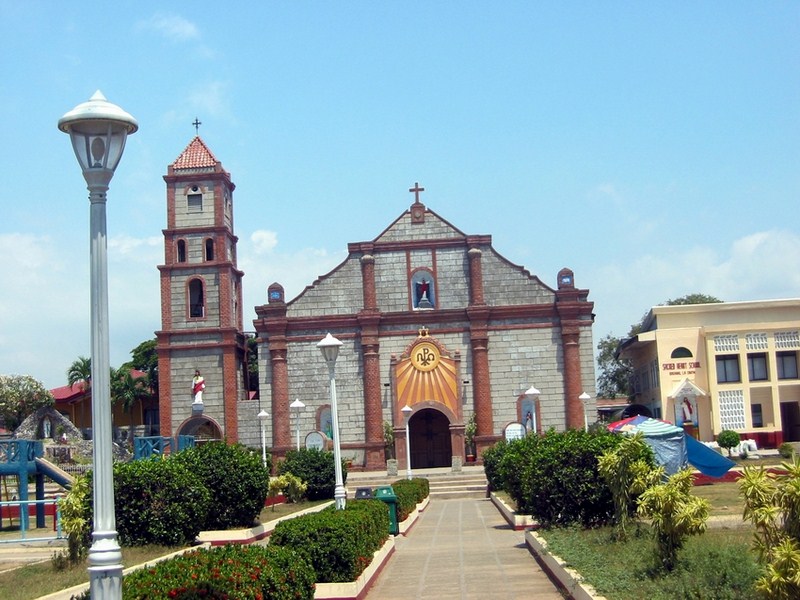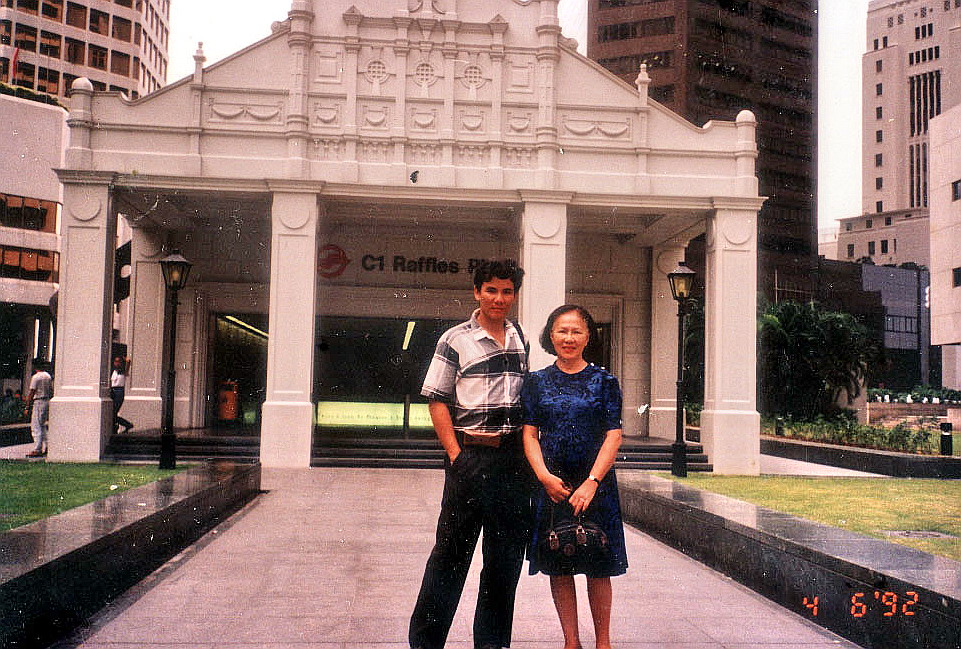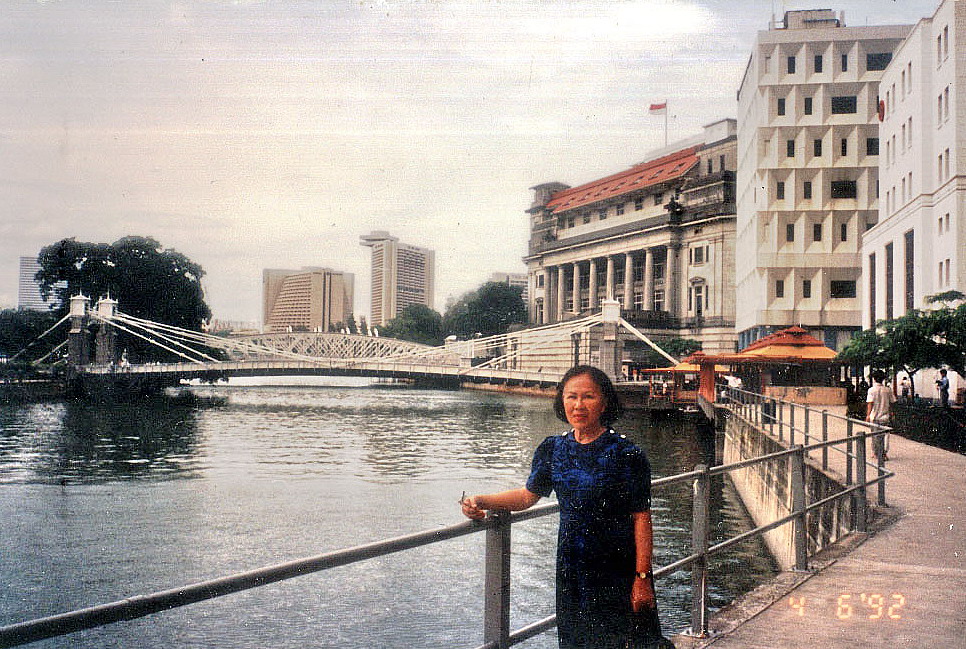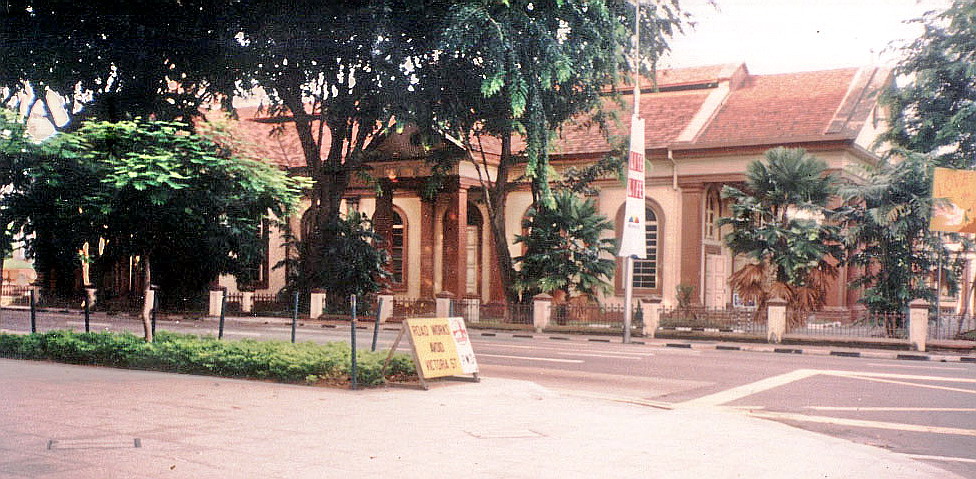The town’s church, already built around 1873 by Fr. Mariano Garcia, was severely damaged during the 1892 earthquake, restored by Fr. Leonardo Collado in 1895, slightly damaged in 1944 and its interior was painted in 1978 by Fr. Esteban Mosuela. Its facade was damaged during the July 16, 1990 earthquake and was rebuilt. The rectangular, 4-storey bell tower on the left, restored with cement and hollow blocks in 1973, has two bells. The stone convent, built in 1873 by Fr. Mariano Garcia, was destroyed in 1955, was restored and is now the Sacred Heart School.
The plain and sober-looking Neo-Classical facade has a segmented arch main entrance topped by foliage and flanked by four massive Tuscan columns with double capitals and two semicircular arched statued niches. The undulating, low and broken pediment, separated from the lower level by a heavy architrave, has a semicircular arched niche flanked by two less massive and shorter Tuscan columns.
How to Get There: Bauang is located 259.38 kms. (a 5.5-hour drive) from Manila and 9.81 kms. (a 30-min. drive) south of the City of San Fernando.











